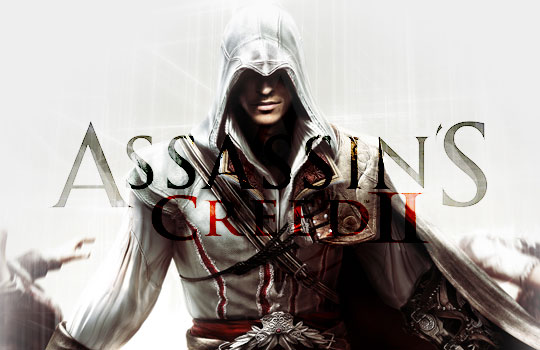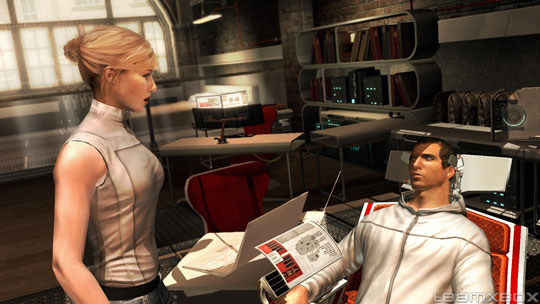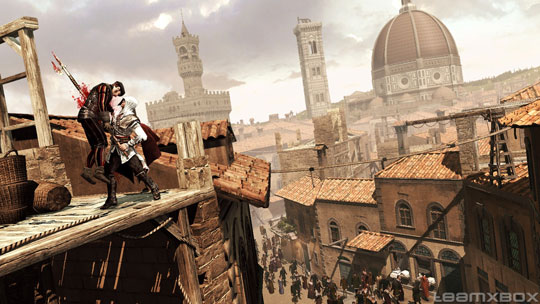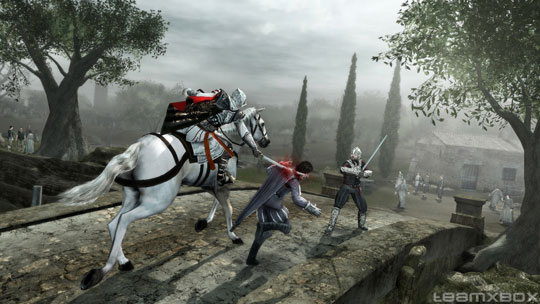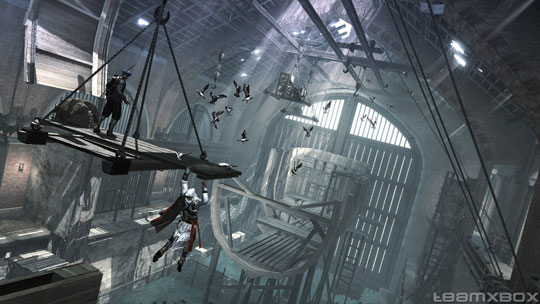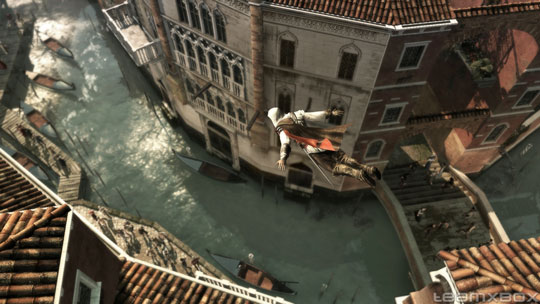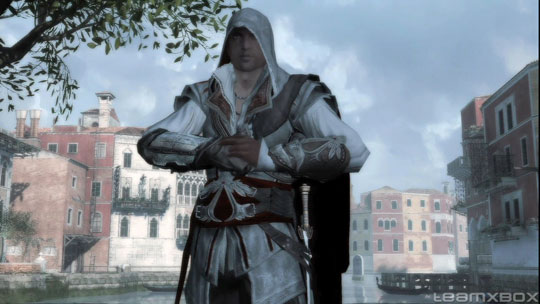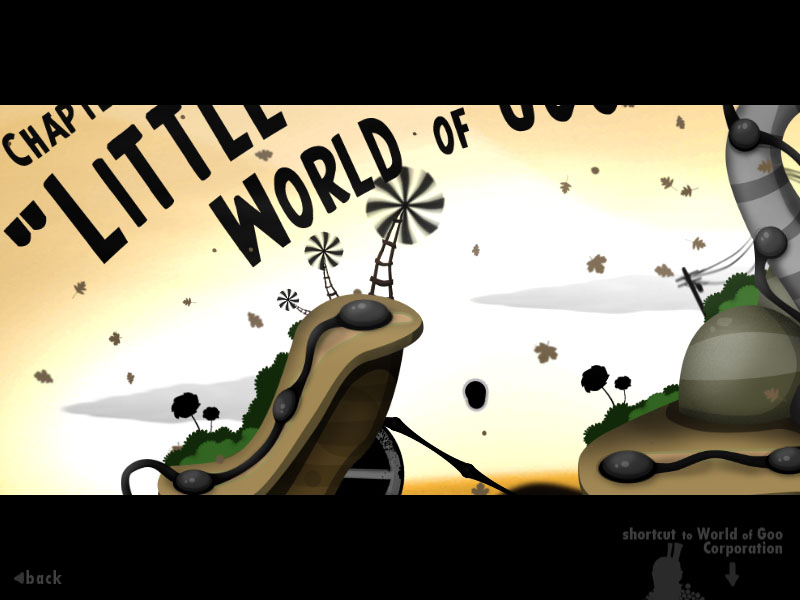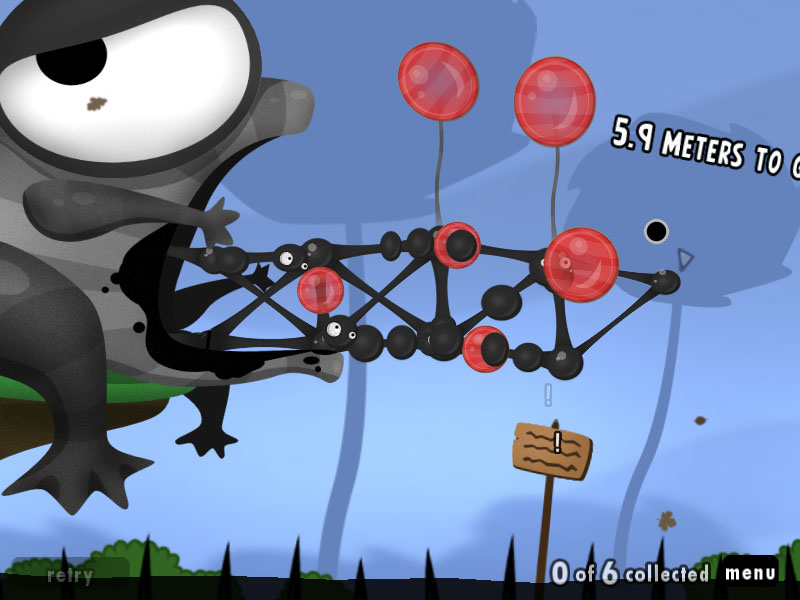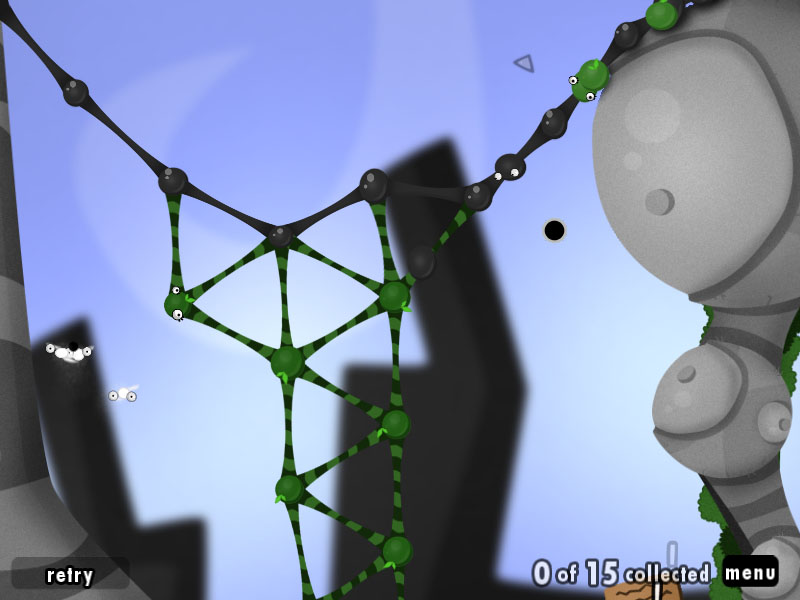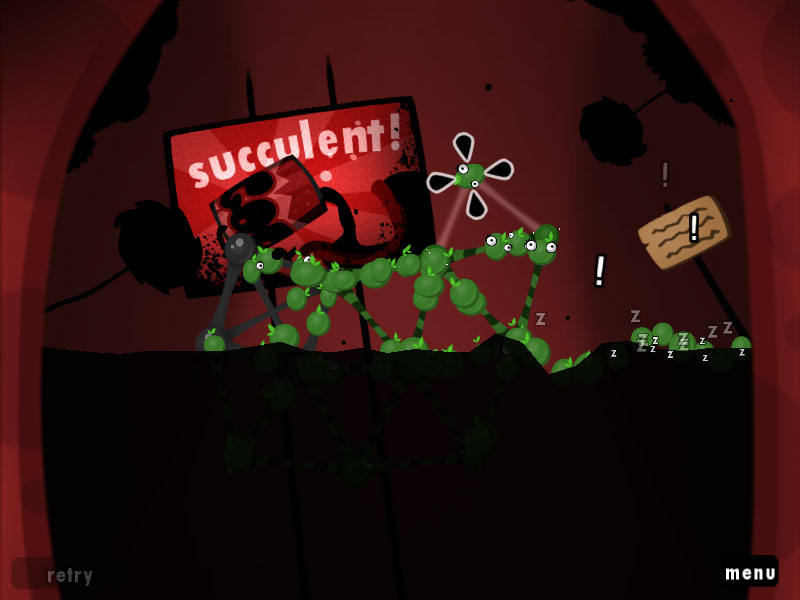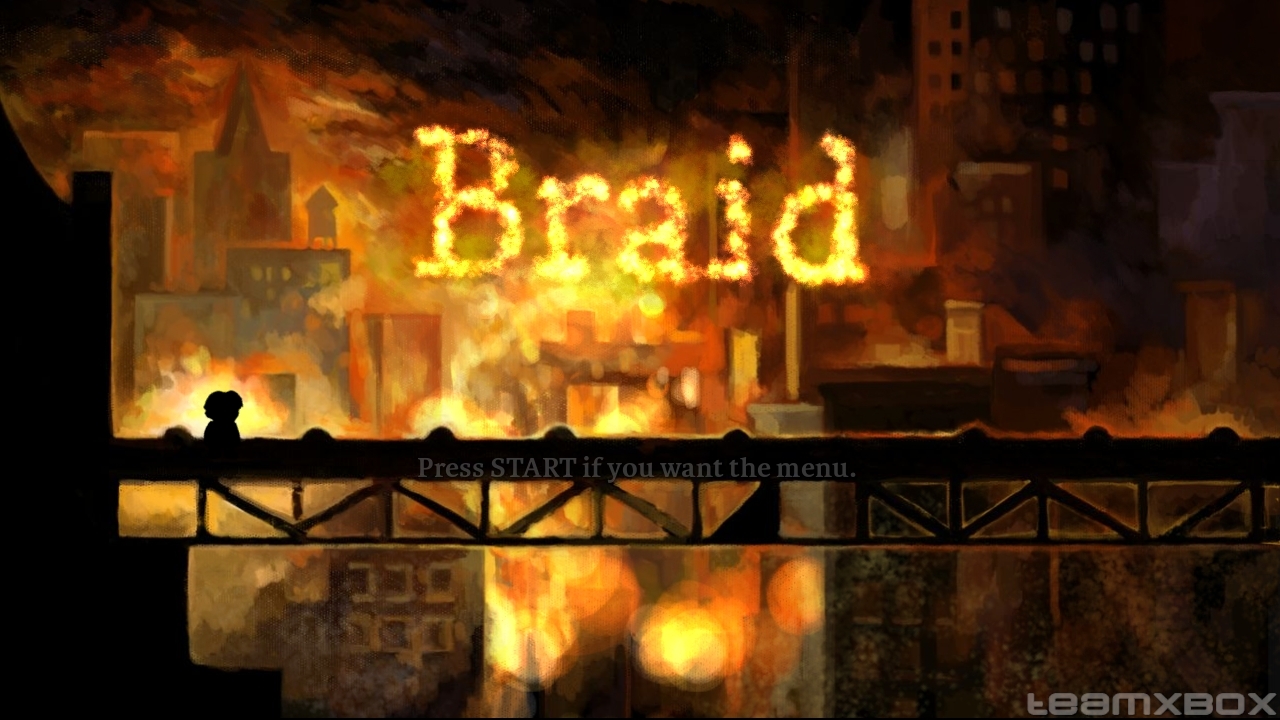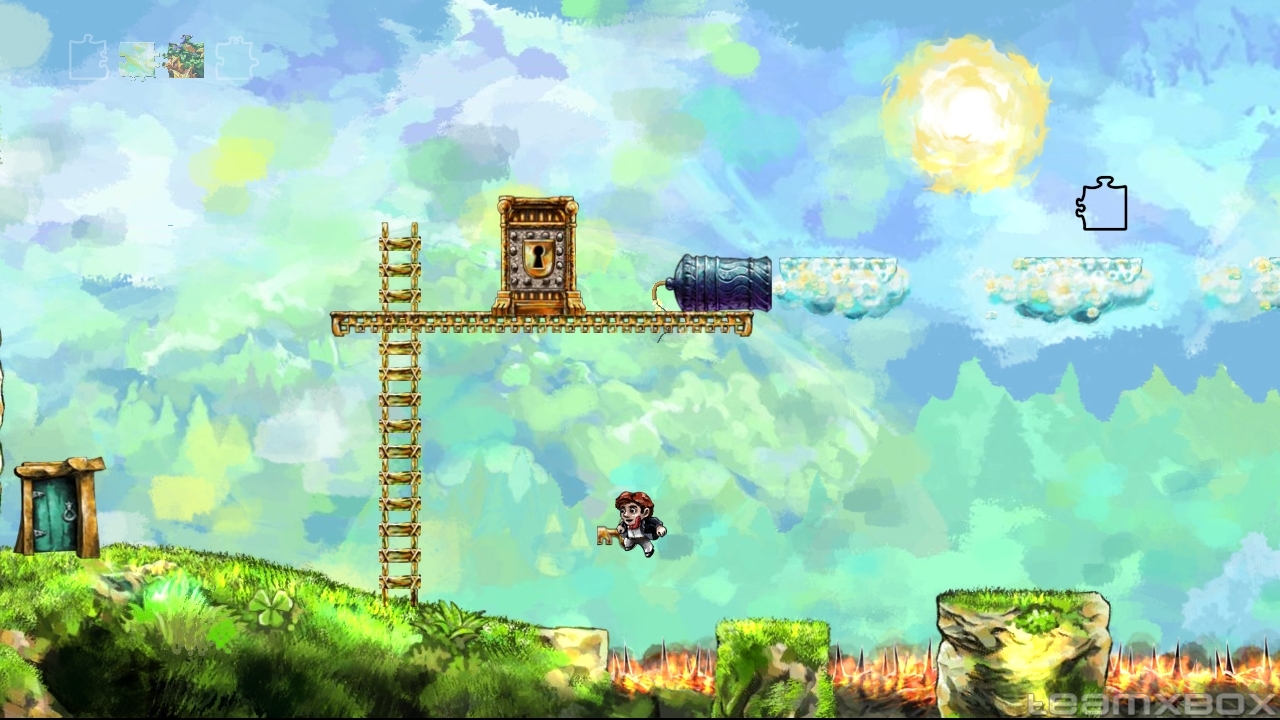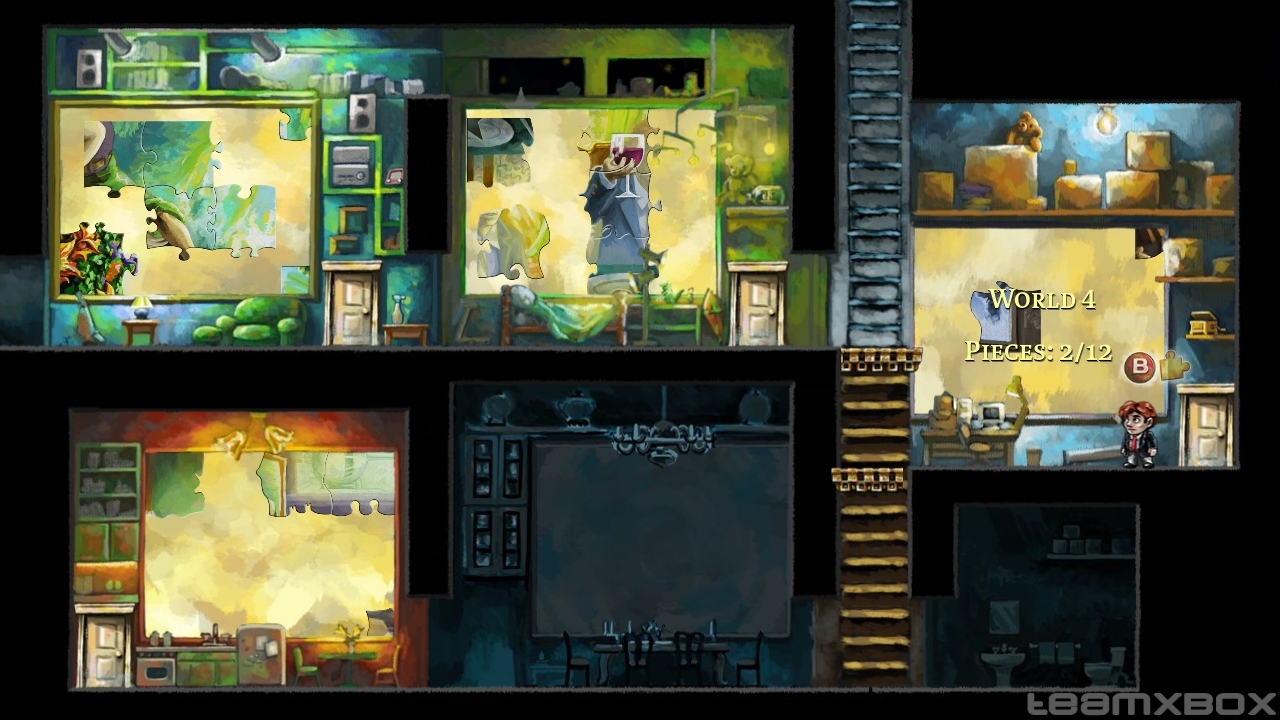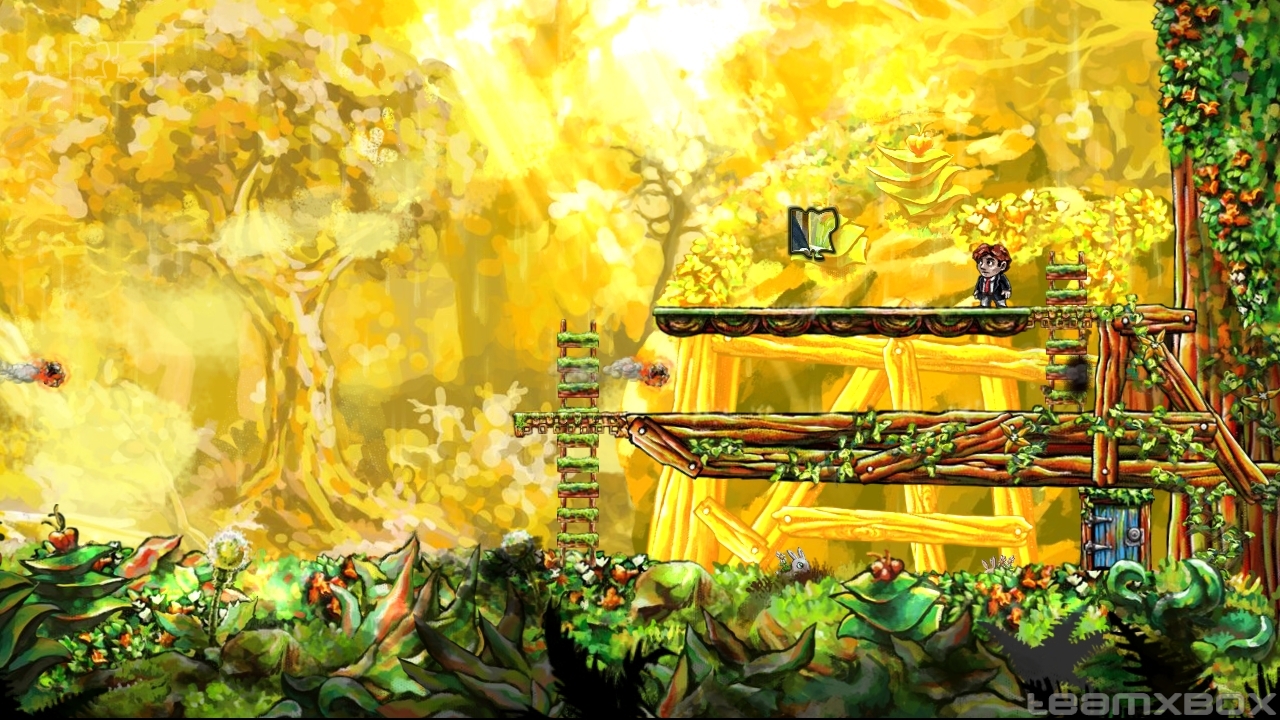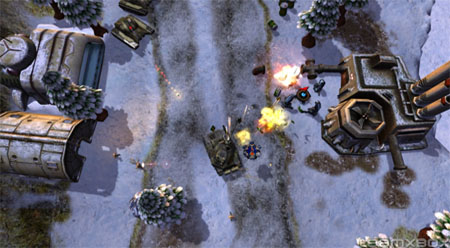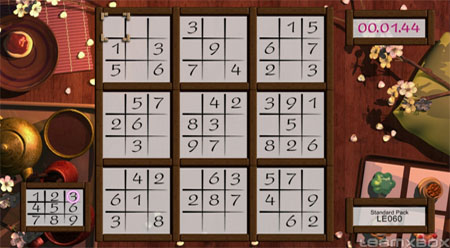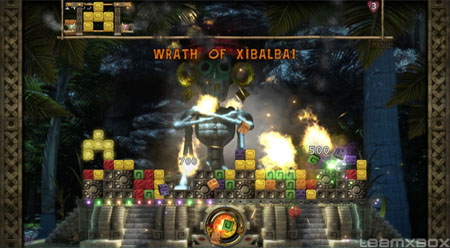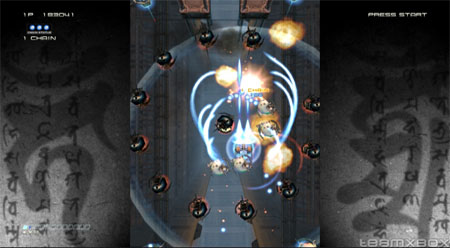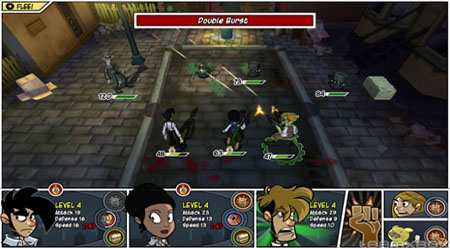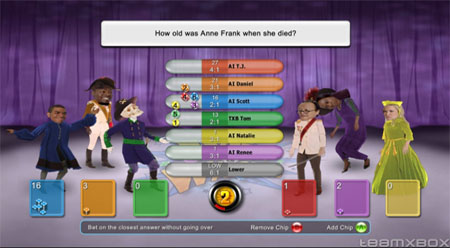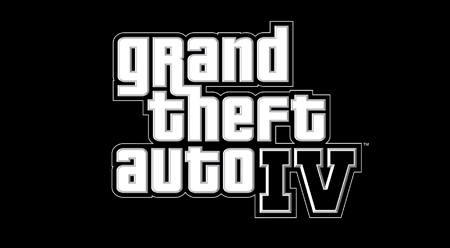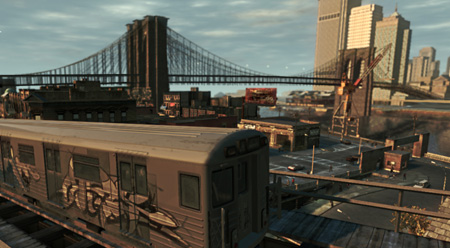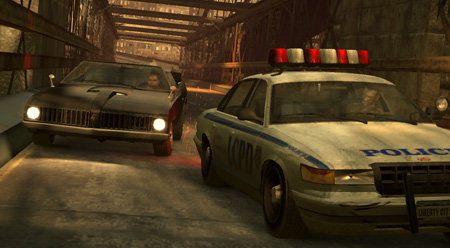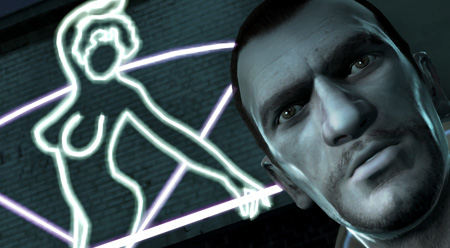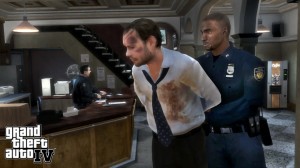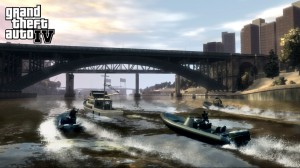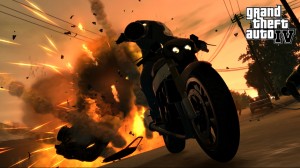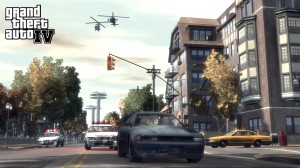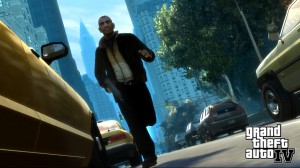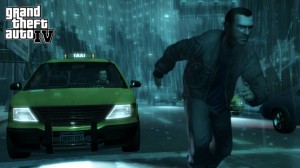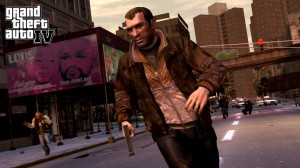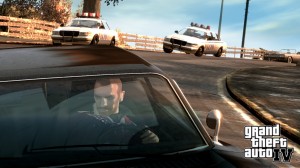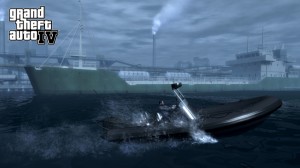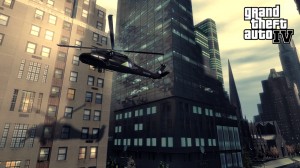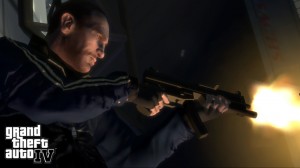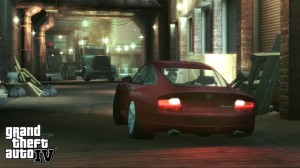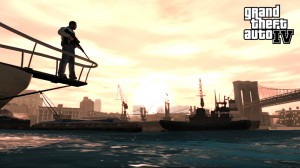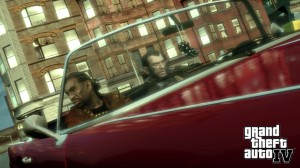It's been a couple of weeks since I picked up my HTC Trophy, a Windows Phone 7 handset, and I'm back to report how things have been.
The verdict so far? So far, so good. Only a few bumps in the road. Read on for more detail on what I like, what I don't, and how things have been!
Things I like
The interface. Though the WP7 UI (named Metro) looks simple at first glance, it is actually quite slick. Animation is used throughout and goes far to enhance the interactivity of the touch interface. Particularly nice are the Live Tiles (large, customizable icons on the main screen of the phone), which display animations while the phone idles, and fly in and out of the screen fluidly.
Text is also given a lot of good treatment in WP7, with menus using large headers that often extend off the screen, and smaller bits of text being animated as you flip through different screens.
It's actually kind of funny; though I've always liked the understated design of the WP7 interface, I've also felt that it would have a hard time competing with all the gloss, shadow, and animations used in iOS. After spending time with WP7 though, my iPod Touch feels very dry. The animation feels rigid, and all the gloss and shadow applied to the on-screen items just seems overdone. I'm not saying that iOS is bad, just that a lot of the things that made the OS shine have started to look stale to me after using WP7 for some time. Perhaps iOS 5 will change that, but that's how things stand to me for now.
Of course, the WP7 interface is a bit nuanced, and it's clear that while Microsoft has a good grip on how to lay out apps in an intelligent way while adhering to the design standards of Metro, third party developers still struggle with it. It's quite obvious when devs have made an effort to stick to the principles of Metro, however, and these efforts usually go far in making their apps seem more legitimate than others.
Integration of services. One of the prime reasons for owning a smart phone is to utilize the internet in various ways, and WP7 integrates social media and information services smartly in various ways.
For example, one of the first things you see on the phone is the People Hub, a Live Tile that shows you various thumbnails of the people you know (pulled from your Windows Live and Facebook contacts), and with a touch, gives you easy access to their status updates, allowing you to quickly see what all your contacts are up to. You can also pin individual people from your contacts to your menu as an individual Live Tile, which will automatically update now and then to show you snippets of their most recent posts, pictures, etc. I like this because it makes it easy to personalize the phone and keep up with people you're interested in talking to more frequently.
Another neat feature is that, like the Zune application for Windows, the Zune music player in WP7 also loads up supplemental information about the music you listen to (when available). Pictures of the current/last-played musician load up in the background of the app, and biographical information becomes available for you to read. Links to buy more content from the artist appear, of course. The Live Tile also updates to show pictures of the latest artist played, further personalizing the home screen's appearance, and with no additional effort from the user.
One of my few major gripes with WP7 also involves the integration of services, but I'll get to that later. Overall, the WP7 experience is highly enjoyable in this regard.
Speedy access to information. This isn't to say that other phones don't do the same job just as good, but I've really been impressed with the ease and speed at which I have access to the things that I find important to check, like text messages, email, and appointments/events.
Displayed prominently on the lock screen, available by pressing the hold/power button, is the time, date, and any upcoming events you've got in your calendar. Below that, icons are displayed for your text messages and various email accounts, followed by a number showing how many new messages you have. This makes it extremely easy to see if you've got any unread messages waiting, and quick to put away if you don't.
Care has also been taken to make the capturing of photos and video efficient, with each WP7 handset being required to have a dedicated camera button which, when pressed and held (even when the phone is locked) loads up the camera app and lets the user quickly start taking pictures. It's a small feature that's easy to overlook, but for me, most of the time when I wanted to take picture with my previous phone, it was a pain to have to unlock the phone and then wait a few more moments for the camera to start. By the time everything was ray, the ideal moment to take a good picture had often already passed. I suspect this will not be the case with WP7.
Build quality. I can't speak for other WP7 phones, but for my HTC Trophy, the build quality is great. The phone isn't heavy, but doesn't feel so light that it's cheap. All the buttons feel solid, and the rubberized casing feels good in your hand. The screen has a slightly different feel to it than my iPod Touch, but works well and generally feels good to touch.
The Trophy feels good in your hand, doesn't feel cheap, and isn't too big. There's not much else to say about the build of the phone, really.
Things that take a little getting used to
Internet Explorer Mobile. I understand this is going to get better this fall with the upcoming "Mango" OS update, which will include a mobile version of IE9, but for now, the current mobile version of Internet Explorer (resting somewhere around versions 7 and 8) is serviceable, but clunky at times. To mobile IE's credit, it's just about as snappy as Apple's mobile version of Safari for rooting around pages, but page rendering feels a bit slow sometimes, and some websites which seem like they ought to work simply don't.
I'm hoping that IE9 will help keep WP7's browser in a more modern space than the originally included browser. It'll help the platform keep parity with other mobile operating systems, and will help web designers by giving them a consistent mobile platform to develop for.
Still, even if IE9 doesn't turn out to be a game changer, mobile IE, in its current state, is definitely useable. It just takes a little time to adjust to it.
Context sensitive buttons. With most of my mobile OS experience centering around to my iPod Touch and its solitary hardware button, the addition of a dedicated Back and Search button with WP7 took a little bit of learning to get used to. Instead of using an on-screen button (typically in the upper left corner of the screen in iOS) for going backward, all WP7 phones are required to have a hardware button at the bottom left of the device for going back.
This, in itself, is not too hard a transition to make, since the functionality is very similar to that of other mobile operating systems. But then comes the tricky part: when you've reached the end of going backward through pages in the current app, pressing the Back button again will bring you back to the home screen, or back into whatever app you had open before. The Back button acts on a more global level than you might first think.
Once you get used to this behavior, it's actually quite easy to use it to skip around between what you're doing on the phone. It's especially useful in light of the fact that there's still no real multi-tasking support, though this is another feature coming in Mango.
The Search button has similar behavior, but since I don't use it that much, it hasn't caused me as many problems yet. It is handy to be able to access search in apps, like Marketplace (the WP7 equivalent of the iTunes App Store), but in almost all other situations, it merely loads the Bing search tool. The often-beautiful photography on Bing is a nice surprise as times, but I'd still appreciate more of an explanation now and then as to exactly what I'm going to get when I press the Search button.
Battery life. Other people who have been using smart phones for a lot longer than I have will probably think me silly for complaining, but if there's one thing I miss about my old LG Chcolate phone, it's the battery life. If I didn't make many calls, it would sometimes last two or three days without a charge. My new phone lasts a little over a day to a day and a half, depending on usage and where I take it. Sadly, my current work building, a steel and concrete industrial warehouse, seems to make the phone strain for a signal, and thus drains the battery quickly.
Even then, it's not been a huge inconvenience yet… but in the future, when I am traveling or when I am off hiking or something, it worries me that my phone might wind up dead rather quickly, and those are the situations where I would need it most.
Zune. Figuring out how the Zune music (and video) player works is a little confusing after having spent so much time using my iPod Touch, but I'm getting the hang of it. Generally, the functionality is identical to the iPod; the hardest part is just finding where all the same controls are.
I also find it a bit strange that Zune handles music and videos, but images are handled by a separate app. I'm not sure exactly why I find this weird, but it just seems like if it's going to handle more than one type of media, it might as well handle all of it.
Things I don't like
Missing apps. It seems that every few weeks we see another press release about the growing number of apps in the WP7 Marketplace. That's great, but I'm still missing a few of the apps that I've been using on iOS for a long time now, like Tweetdeck, and the small handful of financial apps I used. Sure, I can do most of this stuff via similar, lower quality apps, or through the web browser, but it'd be great if more companies would get on board with WP7 and publish official apps. Millions of people are using this OS, after all.
This isn't really Microsoft's fault, and I'm sure it'll get better over time, but for now it's still a little disappointing that so many companies out there are courting users on other platforms and virtually ignoring Windows Phone 7.
Marketplace content. This is a small gripe, but it's still something I don't much like, and feel is worth mentioning. The amount of adult content in the Marketplace, and the randomness in which it crops up in search results is stupid. Searching for "Twitter", the sixth result in the list of results is "Sexy Babes FREE". That's just idiotic.
I'm not some kind of prude, and I think people definitely be able to create and sell whatever kinds of apps they choose, but there needs to be some way to filter this kind of content out of search results, or even from the default view of the Marketplace to begin with. I don't think most people are going to the WP7 Marketplace looking for these sorts of cheap thrills, especially when they have a perfectly capable browser at their disposal.
I'm certainly going to have a hard time recommending WP7 to anyone with a vagina when even a casual visit to the app Marketplace involves sorting through dozens of apps showcasing "sexy babes". For the same reason that a bookstore doesn't place adult magazines between every other book on the shelf, the WP7 Marketplace needs to filter out this stuff and put it in its own special place, away from everything else.
The way the default Live ID is handled. Probably my single biggest annoyance with Windows Phone 7 so far has had to do with the way the OS handles your Live ID when you first activate the phone. Upon first startup, WP7 asks you to create or use an existing Live ID (a Windows Live, Xbox, or Hotmail account) for the phone. This is mandatory, and is used to sync contacts, get you an email account, make payments, etc. It makes sense, it's easy, and I like it. So far, so good.
But then, if you used a Live ID you've had for years (like I did) you'll load up your contact list and find that it's been populated with all sorts of random people- many of which are just casual contacts from Messenger or Xbox Live who you would never want to call, and really shouldn't be in your contact list by default. Once you've done this though, there's only one way to fix the problem: reset the phone to factory default and start over. Unwilling to do this, I ended up purging a lot of random people from my contacts… something I probably should have done a long time ago anyway, but which I still found annoying to have to do just to get the phone's contact list set up correctly.
If I were to do it over again, knowing what I know now, I would definitely recommend creating a new Live ID and using that for your new phone, rather than importing an old one.
Final thoughts
That's about all I have to rant and rave about for now. Windows Phone 7 is a solid choice for anyone who wants to "think different" from the Android masses, or who is looking for something flashy, but not confined to the Apple ecosystem. I would definitely recommend the platform, and as long as Microsoft continues to support it, I think there are a lot of good things in the future for Windows Phone 7. If you're in the market for a new smart phone, give it a try!
